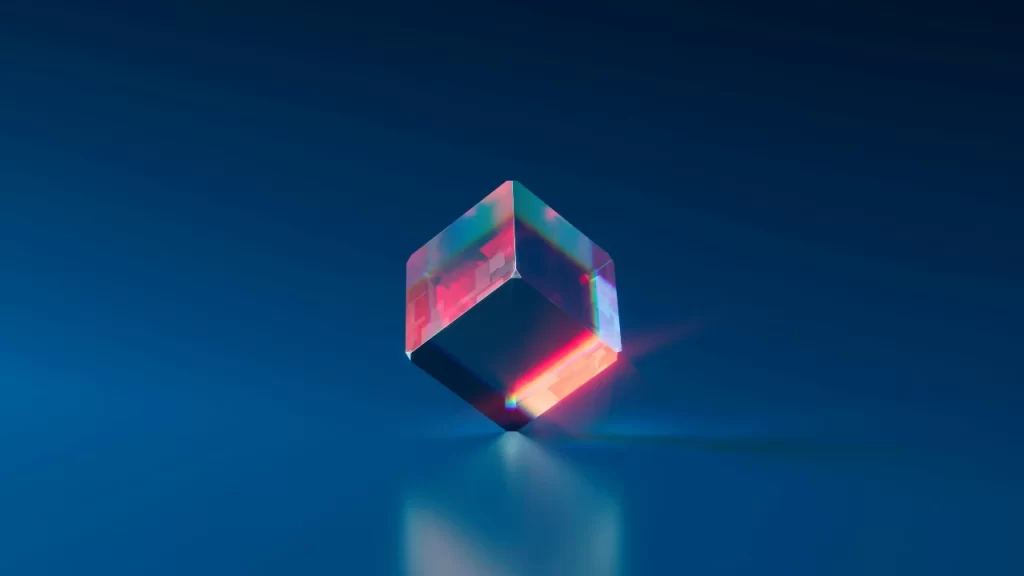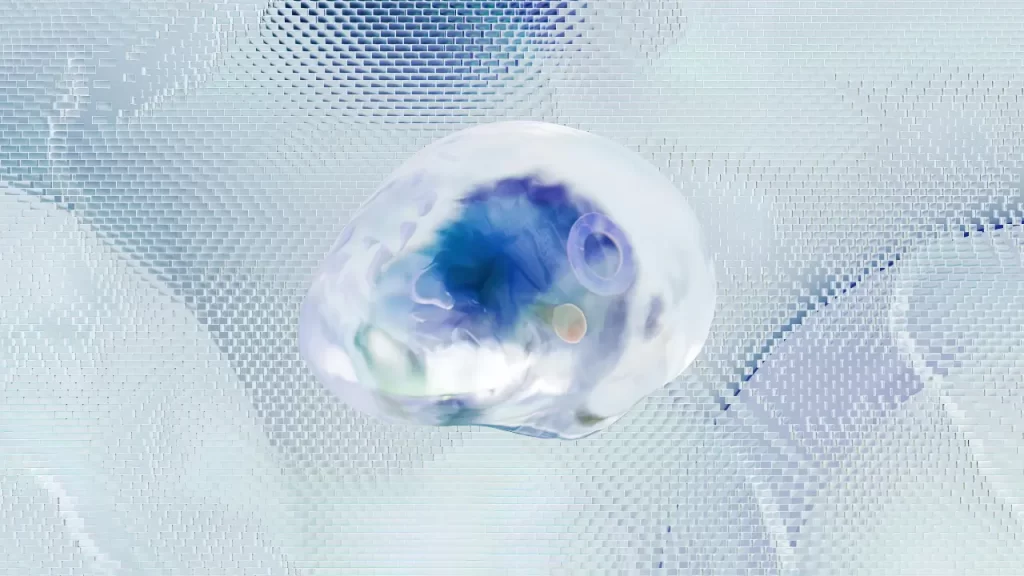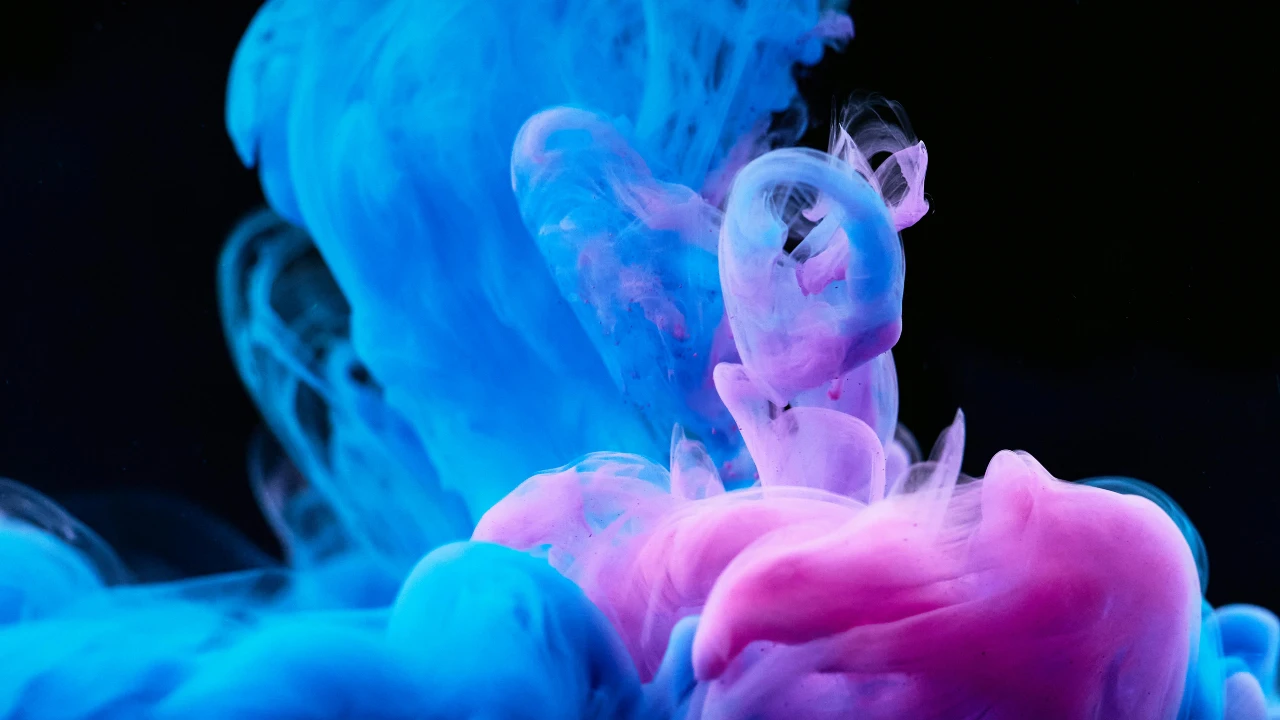2D animation involves creating characters and scenes in a two-dimensional space, focusing on width and height. This style is traditional and widely used in cartoons and advertisements. On the other hand, 3D animation adds depth to characters and environments, creating a more lifelike and realistic appearance. It is commonly used in movies, video games, and documentary video production.
The main difference between 2D and 3D animation is the depth and realism provided by 3D techniques, which allow for more dynamic and fluid movement. 2D animation is typically quicker to produce and less costly, whereas 3D animation involves more complex processes, such as modeling, texturing, and lighting.
Whether you are looking for a 2D animation company or a 3D animation company, understanding these differences can guide your choice according to the visual style and budget of your project. Choose wisely to effectively bring your vision to life!
Introduction to Animation
Animation is a powerful technique in visual media that brings static images to life, whether for storytelling, advertising, or educational purposes. There are two main types: 2D animation and 3D animation. The difference between 2D and 3D animation lies in their dimensions and appearance. 2D animation is flat with only height and width, ideal for simple yet engaging narratives, while 3D animation includes depth, offering a more realistic and immersive experience.
For businesses, utilizing animation can greatly enhance brand visibility and engagement. Whether you’re working with a branded video production company, a corporate video production company, or an animated video agency, each can tailor dynamic and compelling content that resonates with your audience.
Choosing the right type of animation can transform how your message is conveyed, ensuring it is both captivating and informative.
What is 2D Animation?
2D animation is the art of creating movement in a two-dimensional space. This includes characters, creatures, and backgrounds. It’s a traditional form of animation used in various formats such as films, advertisements, and educational materials.
Pros of 2D Animation
2D animation is cost-effective and quicker to produce compared to 3D animation, making it an attractive option for businesses on a budget. It’s particularly effective for storytelling, allowing for strong visual narratives and a unique artistic style, which can be crucial for animation services. 2D animation also requires less processing power, reducing the need for high-specification software and hardware.
Cons of 2D Animation
The main drawback of 2D animation is its limitation in terms of realism and depth, making it less impactful for projects that require a three-dimensional feel. This can be a significant disadvantage when comparing the difference between 2D and 3D animation. Additionally, as the demand for more immersive and interactive content grows, 2D animation might not fully meet the needs of modern audiences, which could be a challenge for businesses working with 3D animation companies in Bangalore or 3D animation companies in Mumbai.

What are the 2D and 3D Animation Difference?
The difference between 2D and 3D animation lies in dimensionality. 2D animation involves flat graphics moving on a two-dimensional plane, focusing on width and height. In contrast, 3D animation includes depth, creating lifelike scenes and characters with volume and full rotation capability.
Representation
2D animation portrays objects and characters in a flat, simplified manner, which is great for stylistic storytelling and traditional cartoons. 3D animation, however, offers detailed and realistic representations, mimicking real-world textures and lighting. This makes 3D animation ideal for creating immersive environments and complex scenarios, enhancing visual storytelling and audience engagement.
Frame Rate
Frame rate, or the frequency at which consecutive images appear on a screen, can differ significantly between 2D and 3D animations. 2D projects often use lower frame rates, which contributes to a stylistic, sometimes choppy, aesthetic. On the other hand, 3D animations typically employ higher frame rates to ensure smooth, fluid motion that closely mimics real-life movements, making it more visually appealing for dynamic content.
Cost
Generally, 3D animation is more costly compared to 2D due to its complexity in modeling, texturing, and rendering. 2D animation can be more budget-friendly, requiring less software and hardware resources. The cost-effectiveness of 2D animation makes it particularly appealing for small to medium projects or businesses aiming to convey messages effectively without a substantial financial investment.
Applicability
2D animation is highly effective in educational content, advertisements, and traditional animated films where story and art style are prioritized. 3D animation excels in video games, simulations, and movies that require detailed, realistic environments. The versatility of 3D allows it to be applied in more sectors, including virtual reality and architectural visualization, offering broader usability across industries.
Texture
In 2D animation, textures are often stylized and flat, with patterns applied directly to surfaces without realistic depth. 3D animation, however, allows for the application of complex textures that mimic real-life surfaces, providing a more tangible and enriched visual experience. This capability makes 3D animations particularly suitable for projects needing high levels of detail like gaming and film production.
Space
2D animation operates within a strictly flat space with limited perspectives, often viewed from the side or top. 3D animation utilizes three-dimensional space, offering multiple viewpoints and the illusion of depth, which can be pivotal for creating engaging and interactive experiences. This spatial difference enhances the realism in 3D projects and is critical for applications requiring a sense of immersion, such as in simulations or virtual reality.
Shapes
Shapes in 2D animation are flat with clear, defined outlines, contributing to a distinct visual style that is easy to recognize but limited in variation. 3D animation, however, allows for the creation of complex shapes with volume and weight, enabling more dynamic and realistic representations of objects and characters. This dimensional flexibility is crucial for detailed character modeling and environment building in advanced animations.

Which Is Harder to Learn 2D or 3D Animation?
Despite the difference between 2D and 3D animation, both forms share some fundamental similarities that are essential to the animation process. Firstly, both 2D and 3D animations require a foundational understanding of motion, timing, and storytelling to create engaging content. Each type uses frames to depict movement, where animators meticulously plan and sequence individual frames to develop fluid animations.
Moreover, both styles rely heavily on software tools and skilled artists to bring ideas to life. Whether it’s 2D animation or 3D animation, creativity plays a pivotal role, with artists employing design principles such as color theory, character design, and visual composition. Lastly, in both forms, the pre-production processes—such as storyboarding and conceptualizing—are crucial in setting the stage for successful animation projects.
These shared aspects underline that, despite their differences, both 2D and 3D animations are integral to creating multimedia content that captivates and communicates effectively.
Which Is Harder to Learn 2D or 3D Animation?
Deciding which is harder to learn between 2D and 3D animation often depends on the specific challenges and skills an individual finds more demanding. However, generally, 3D animation is considered more complex to learn than 2D animation. This complexity arises because 3D animation involves a deeper understanding of spatial concepts, lighting, texturing, and modeling. Animators must visualize and manipulate objects in a three-dimensional space, which can be significantly more technically demanding than the two-dimensional framework of 2D animation.
In 2D animation, the primary focus is on drawing skills, creativity, and the ability to convey stories and motions flatly. While mastery in 2D animation also requires significant skill and practice, the technical barriers to entry might be lower compared to 3D animation. Additionally, 3D animators need to learn sophisticated software and rendering techniques that can be quite intricate and time-consuming.
Thus, for someone new to animation, starting with 2D animation might seem less daunting, and it offers foundational skills that can be beneficial if transitioning into 3D animation later on.
Softwares Available for 2D and 3D Animation
There is a wide range of software options available for both 2D and 3D animation, each addressing the unique needs of various animation projects. When considering the difference between 2D and 3D animation, it’s important to note that 2D animation focuses on traditional drawing and frame-by-frame techniques, while 3D animation involves more complex processes such as modeling, rigging, texturing, and rendering.
For 2D animation, which emphasizes the 2D and 3D animation difference, software like Adobe Animate and Toon Boom Harmony are ideal. Adobe Animate is preferred for its seamless integration with other Adobe products, making it perfect for creating web and TV animations. Toon Boom Harmony is known for its advanced features like rigging and vector drawing, essential for creating detailed 2D animations.
On the other hand, 3D animation software such as Autodesk Maya and Blender addresses the 2D animation and 3D animation difference by offering tools that allow for the creation of realistic models and environments. Autodesk Maya is renowned in the industry for its powerful capabilities in animation and modeling, widely used in film and game development. Blender, being free and open-source, provides a comprehensive set of tools for modeling, texturing, and rendering, making it accessible for both beginners and seasoned professionals. These software options ensure that animators can effectively bring their visions to life, whether they are working in two or three dimensions.
Best 2D Animation Softwares:
Adobe Animate stands out for its comprehensive tools and seamless integration with Adobe Creative Cloud, making it a favorite among professionals. Toon Boom Harmony is another top choice, offering extensive features for rigging and vector-based animation, which are invaluable for creating detailed, dynamic animations.
Best 3D Animation Softwares:
Autodesk Maya is renowned for its advanced capabilities in animation, modeling, and visual effects, preferred by industry professionals. Blender is also highly regarded, especially as it is free and open-source, providing robust tools for every aspect of 3D production, making it ideal for both newcomers and experts.

Future of 2D vs 3D Animation – Which is Better to Learn?
Choosing between learning 2D and 3D animation depends on your career goals and interests in the evolving animation landscape. 3D animation is growing in popularity and application, extensively used in industries like gaming, film, virtual reality, and architectural visualization. Its demand is likely to increase, offering a broad spectrum of career opportunities. However, 2D animation retains a unique charm and simplicity, crucial in areas like traditional animation, web cartoons, and educational materials, and it still holds a significant place in the market.
For versatility and future-proofing your skills, 3D animation might be the better choice due to its widespread industry use and evolving technology. Nevertheless, learning 2D animation can provide a solid foundation in animation principles that are beneficial across all types of animation.
Which is the Best 2D and 3D Animation Company?
Determining the best 2D and 3D animation company largely depends on specific project needs and preferences. In the realm of 2D animation, Studio Ghibli in Japan is renowned globally for its rich storytelling and breathtaking artistry, making it a top contender. For 3D animation, Pixar Animation Studios stands out as a leader, celebrated for its cutting-edge technology and emotionally compelling narratives that set industry standards.
Both companies have distinguished themselves not only through exceptional animation quality but also by consistently pushing the boundaries of what is possible in their respective fields. Choosing between them should consider the style and depth of animation desired, as each offers unique strengths that cater to different aspects of the animation spectrum.
conclusion
the field of animation offers a broad spectrum of techniques and applications, encompassing both 2D and 3D animation. Each form has its distinctive qualities and uses, from traditional 2D animation employed in educational and entertainment media to the immersive and realistic environments created by 3D animation in movies and video games. As the industry evolves, the demand for skilled animators in both domains is likely to increase. Whether choosing to specialize in 2D or 3D, aspiring animators should consider their personal interests, project needs, and market trends. Both types offer unique opportunities for creative expression and career growth, making them valuable skills in the digital era.
FAQs
Is it harder to animate 2D or 3D?
Animating in 3D generally involves a steeper learning curve than 2D due to its complexity in spatial understanding, modeling, and texturing. While 2D animation requires mastery in drawing and frame-by-frame illustration, 3D animation demands a broader range of technical skills, making it more challenging for beginners.
Is 2D or 3D animation more attractive?
The attractiveness of 2D versus 3D animation depends on the context. 3D animation offers lifelike depth and realism, appealing for dynamic and detailed visuals. Conversely, 2D animation attracts with its stylistic versatility and classic aesthetic, ideal for storytelling and expressive character designs.
Why do people prefer 2D animation?
People often prefer 2D animation for its artistic charm and simplicity, which can convey emotions and narratives with a unique style that 3D sometimes lacks. Its nostalgic factor also plays a significant role, reminding viewers of classic cartoons and traditional animation techniques.
Which is better 2D or 3D animation?
Neither 2D nor 3D animation is inherently better; the choice depends on the project’s requirements and the intended audience. 2D animation is excellent for projects needing a stylized, expressive approach, while 3D animation is suited for realistic and immersive environments. Both have unique strengths and are essential in the broader field of animation.


Leave a Reply